 Pennsylvania has had its woes when it comes to its juvenile justice system. One of the worst and highest profile problems it has suffered was the much publicized “Cash for Kids” scandal. Here is a condensed rundown via Wikipedia, in case you missed it on the news:
Pennsylvania has had its woes when it comes to its juvenile justice system. One of the worst and highest profile problems it has suffered was the much publicized “Cash for Kids” scandal. Here is a condensed rundown via Wikipedia, in case you missed it on the news:
[Judge Mark] Ciavarella pled guilty on February 13, 2009, pursuant to a plea agreement, to federal charges of honest services fraud, wire fraud and tax evasion in connection with receiving $2.6 million in kickbacks from Robert Powell and Robert Mericle, the co-owner and builder respectively, of two private, for-profit juvenile facilities. More specifically, the crimes charged were: conspiracy to deprive the public of the ‘intangible right of honest services,’ or corruption, and conspiracy to defraud the United States by failing to report income to the Internal Revenue Service. Ciavarella tendered his resignation to Governor Ed Rendell on January 23, 2009, prior to official publication of the charges.
What we would like to look at today is the repercussions of the scandal. In the aftermath of this hijacking of the justice system, the state of Pennsylvania is scrutinizing its handling of juvenile cases. The 10-year run of harsh sentences and unconstitutional rulings has inspired the formation of a task force composed of state advocates and county officials. Its aim? To overhaul the PA juvenile court system.
Michael Sisak, a staff writer for The Standard Speaker, has penned a nice article about the latest efforts. He writes:
Juveniles no longer appear in court without an attorney. Prosecutors, not court employees in the juvenile probation office, determine criminal charges. And infractions on school campuses are no longer painted with the same broad brush of ‘zero tolerance’ that guaranteed placement at a juvenile detention facility for even the most minor offenses.
‘Every case is going to be looked at individually, and those cases that do come through the system are going to be treated on an individual basis,’ District Attorney Jackie Musto Carroll said Wednesday, after a two-hour meeting with the task force at King’s College in Wilkes-Barre.
Sisak’s article is well worth the read, as he examines the steps being taken in detail. Importantly, he looks at both the pros and the cons to provide a balanced picture of the state of affairs. Among other things, he notes the slightly frosty reception of the local school administrators on the subject of ending “zero tolerance.” Their stated position in a meeting with the members of the Juvenile Justice Victim Response Task Force was that the change in policy engender a perception of weakness in their response to school violence.
What do you think? Can Pennsylvania pick up the pieces of its juvenile justice system? Is it on the right track in the approach it is taking to doing so? Let us know, we love comments!
Source: “Juvenile system changes take hold,” StandardSpeaker.com, 08/18/10
Image by steakpinball, used under its Creative Commons license.
Visit Us on Facebook: Humane Exposures Publishing , downTownUSA, Maggots in My Sweet Potatoes, It’s More Expensive To Do Nothing

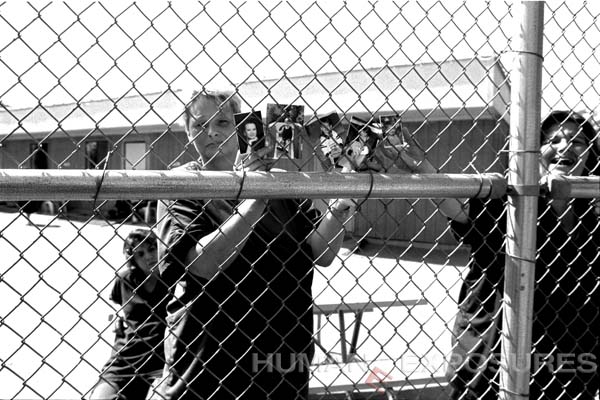 One of the persistent issues in the American penal system is that it is massively overcrowded. A plethora of reasons for this abounds, as a simple Google search will show. The solutions have been in shorter supply.
One of the persistent issues in the American penal system is that it is massively overcrowded. A plethora of reasons for this abounds, as a simple Google search will show. The solutions have been in shorter supply.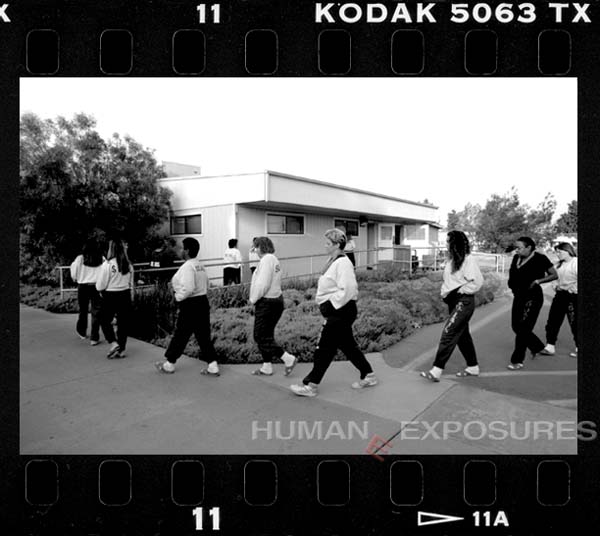 It is no secret that the American prison system is rife with problems. It is the personal stories of women in our penal system that led our own Susan Madden Lankford to create
It is no secret that the American prison system is rife with problems. It is the personal stories of women in our penal system that led our own Susan Madden Lankford to create 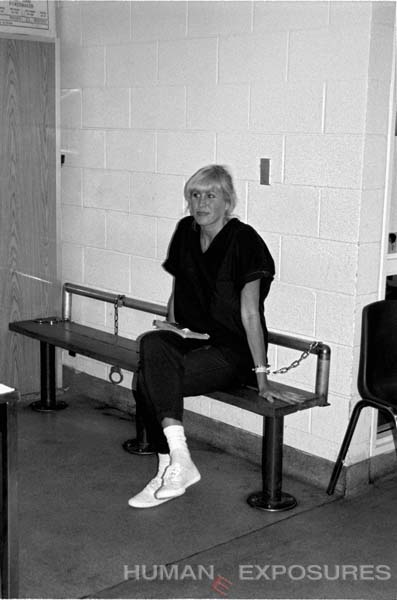 The issue of imprisoned women is the elephant in the room. A quick Google search reveals that it is a well-known problem, and one that is getting steadily worse. There’s even an article about alternatives to incarceration for women on the popular “how-to” website eHow.
The issue of imprisoned women is the elephant in the room. A quick Google search reveals that it is a well-known problem, and one that is getting steadily worse. There’s even an article about alternatives to incarceration for women on the popular “how-to” website eHow.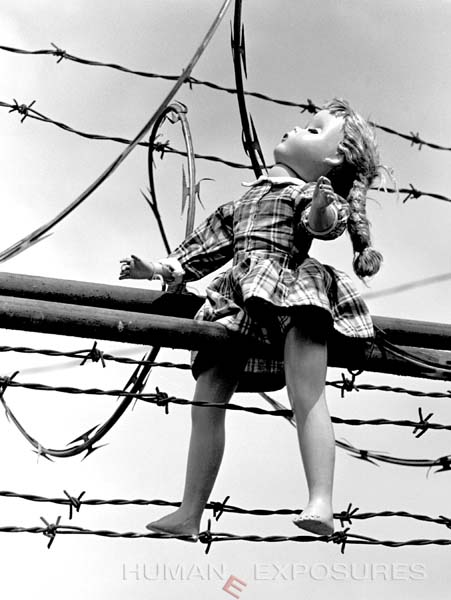
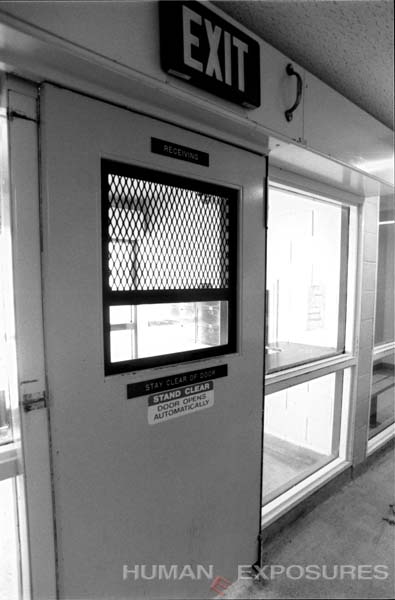 Recidivism: returning to a behavior pattern despite negative reinforcement. It’s a term most often used in cases of criminal activity or substance abuse. It is a chronic problem in the penal systems around the world, not just in the United States.
Recidivism: returning to a behavior pattern despite negative reinforcement. It’s a term most often used in cases of criminal activity or substance abuse. It is a chronic problem in the penal systems around the world, not just in the United States. Deborah Luster has entered the world of rural Louisiana prisons with camera in hand, just like our own Susan Madden Lankford did, when shooting in California for her book,
Deborah Luster has entered the world of rural Louisiana prisons with camera in hand, just like our own Susan Madden Lankford did, when shooting in California for her book,  Incarceration is usually considered to be about punishment. Since 2006, Los Angeles County Sheriff Lee Baca has helmed a plan that adopts a variant view and is aimed at reducing criminal recidivism.
Incarceration is usually considered to be about punishment. Since 2006, Los Angeles County Sheriff Lee Baca has helmed a plan that adopts a variant view and is aimed at reducing criminal recidivism.







